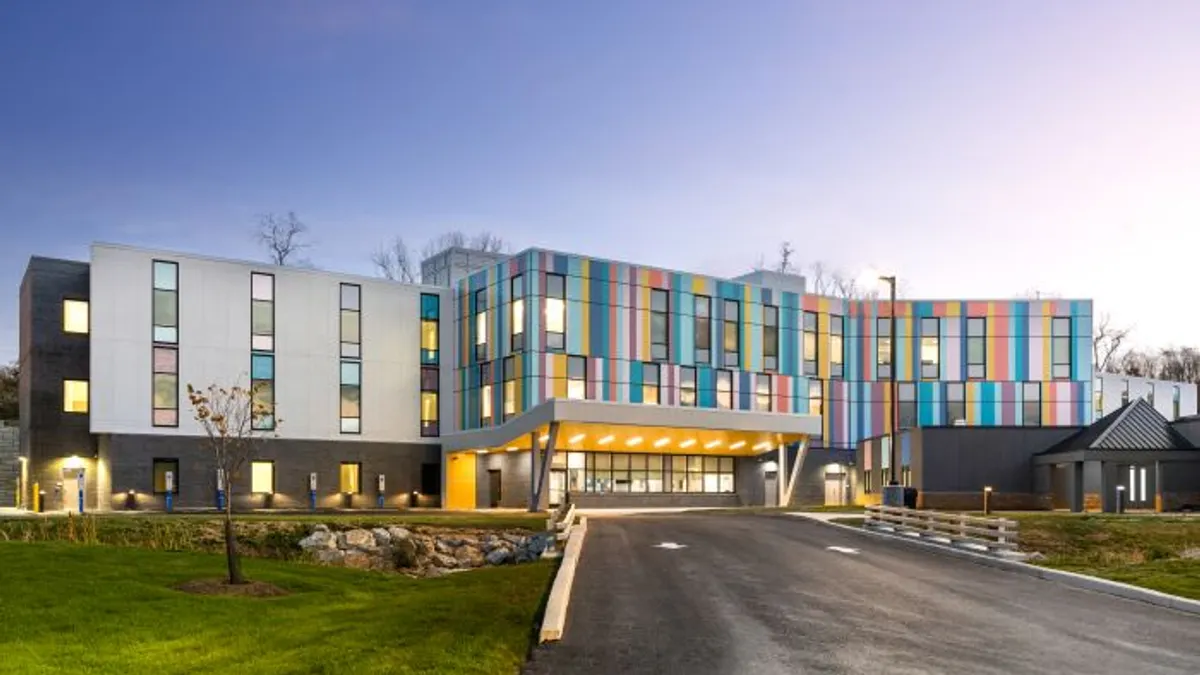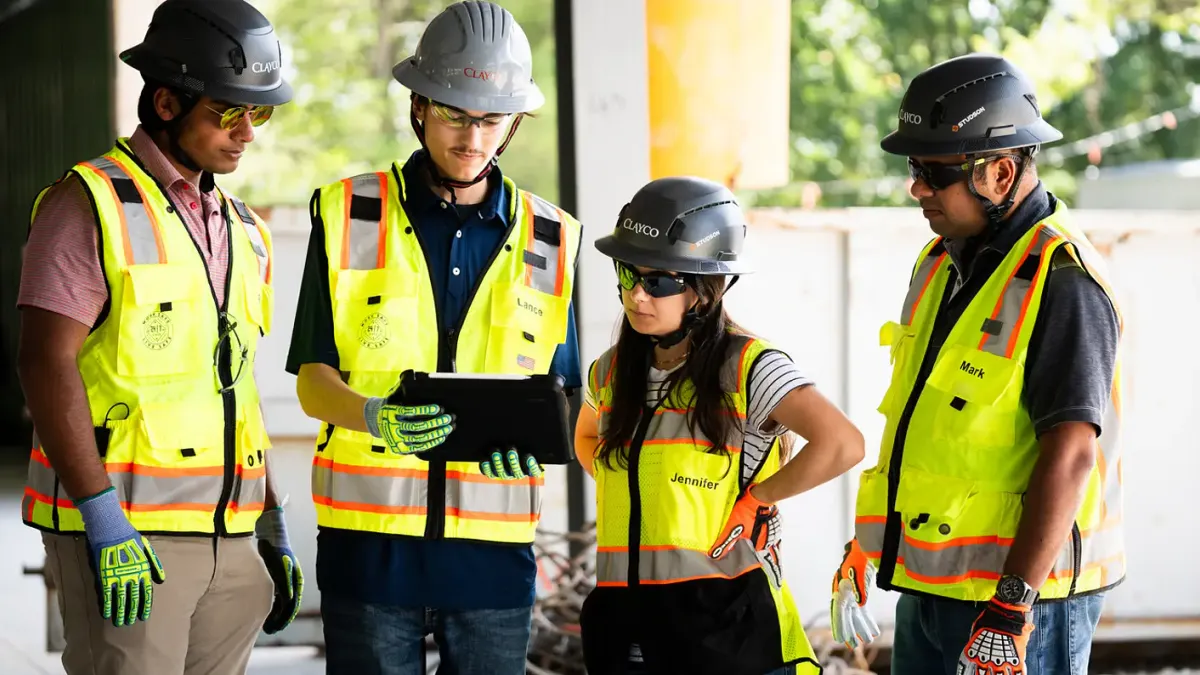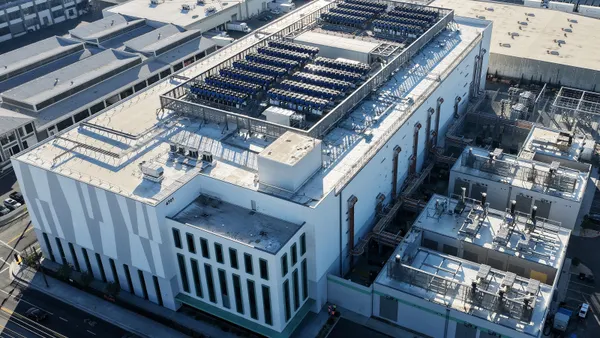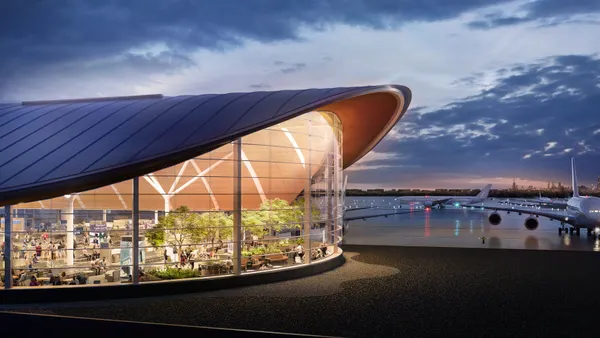East Petersburg, Pennsylvania-based contractor Warfel’s recent growth spurt boosted it back onto the list of the country’s top contractors this year.
It landed at No. 396 of the top 400 contractors, with 2024 revenue of $257.4 million, according to Engineering News-Record.
The company’s success has been driven by a commitment to building strong relationships with clients, trade partners and team members, according to President Conlan Swope. The 114-year-old firm’s clients come from a range of industries across the mid-Atlantic region.
“We’ve also invested in strategic hires, internal training and technology that helps us deliver projects smarter, faster and more efficiently without losing the human touch that defines our approach,” he told Construction Dive.
Here, Swope talks to Construction Dive about the firm’s recent growth, how it is embracing artificial intelligence and the effect of tariffs on its business model.
This interview has been edited for brevity and clarity.
CONSTRUCTION DIVE: Is 2025 the first time the firm has appeared on the list?
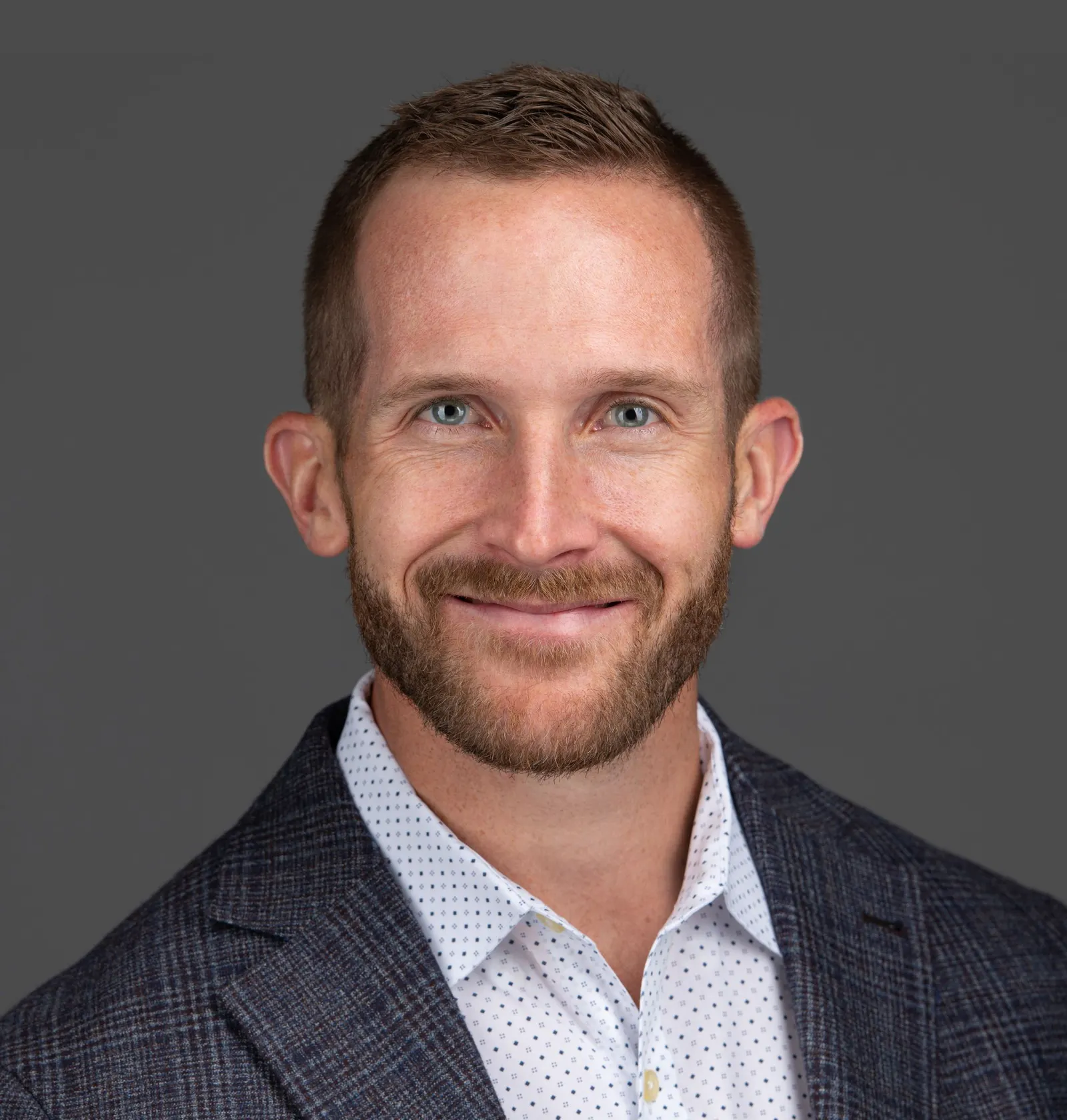
CONLAN SWOPE: No, Warfel also ranked in 2019 and 2020. We’re proud to be back on the list in 2025, as it reflects not only steady growth but the trust our clients place in us and the dedication of our team members who show up every day to build spaces that serve our communities.
How has your project mix evolved over the years?
Historically, our work was concentrated heavily in the senior living space. Over the years, our portfolio has diversified to include more healthcare projects, particularly behavioral health facilities, which reflect the growing demand for facilities like emergency walk-in centers and psychiatric hospitals.
We’re also seeing growth in higher education, where campuses are investing in spaces that support student wellness, accessibility and innovation.
How have tariffs affected you?
Tariffs have driven up costs for materials like steel, aluminum and mechanical equipment, prompting us to adjust our procurement strategy. We're pre-purchasing critical items earlier, leaning more on domestic suppliers and refining our value management approach.
More than just managing costs, it’s about navigating uncertainty and making smart, timely decisions that support long-term project success.
How is artificial intelligence factoring into your business planning?
We’re exploring AI as a tool to enhance our people and processes. It’s helping us streamline workflows, better leverage data and reduce repetitive tasks.
As we adopt AI, we’re also rethinking how we train, ensuring that new talent understands the “why” behind what we build. Above all, we’re staying human-centric because judgment, trust and communication are still everything in a relationship-driven industry.
What keeps you up at night as it relates to construction?
Delays in getting projects started continue to be a major challenge, with entitlement, land development and financing processes often slowing momentum before a shovel even hits the ground.
Employee well-being is another pressing concern. Construction remains the leading industry for suicide rates, and that reality pushes us to find better ways to care for our field teams, helping them not just get through each day, but thrive both personally and professionally.
We’re also closely watching the rise of nuclear verdicts, which are reshaping the industry's risk landscape. Staying proactive in managing liability and protecting our people and partners is more important than ever.
Are there any other trends Warfel is keeping an eye on?
Yes, we’re closely watching two key trends: holistic employee well-being and training in the age of AI. We're thinking beyond physical safety and asking how we can support our people as well-rounded “occupational athletes” not just on the jobsite, but in all areas of life, including their financial, emotional and relational health.
At the same time, as AI continues to automate routine tasks, we’re re-evaluating how we train the next generation. We’re focused on preserving the foundational knowledge and hands-on learning that are essential to truly understanding how buildings come together



